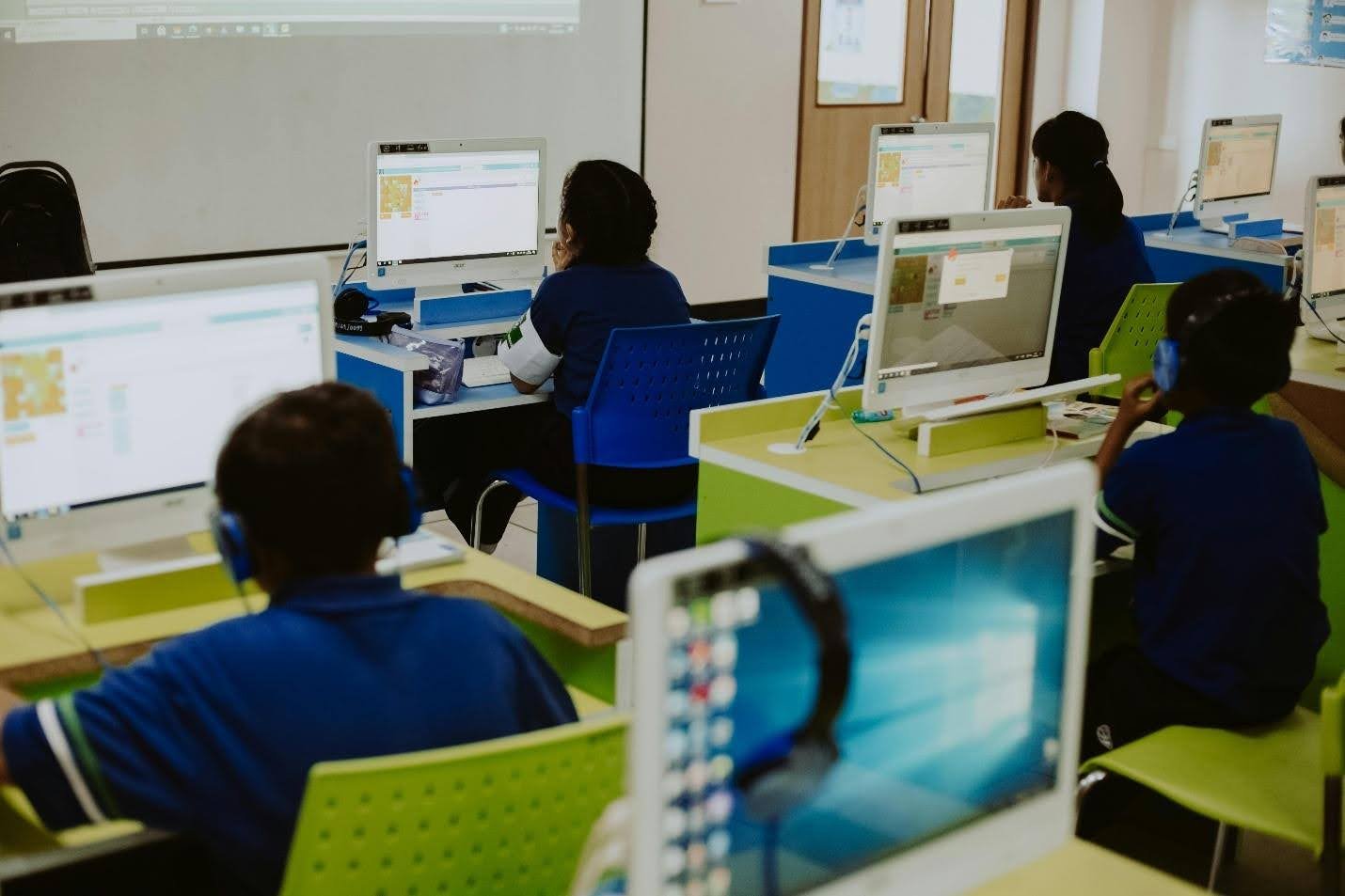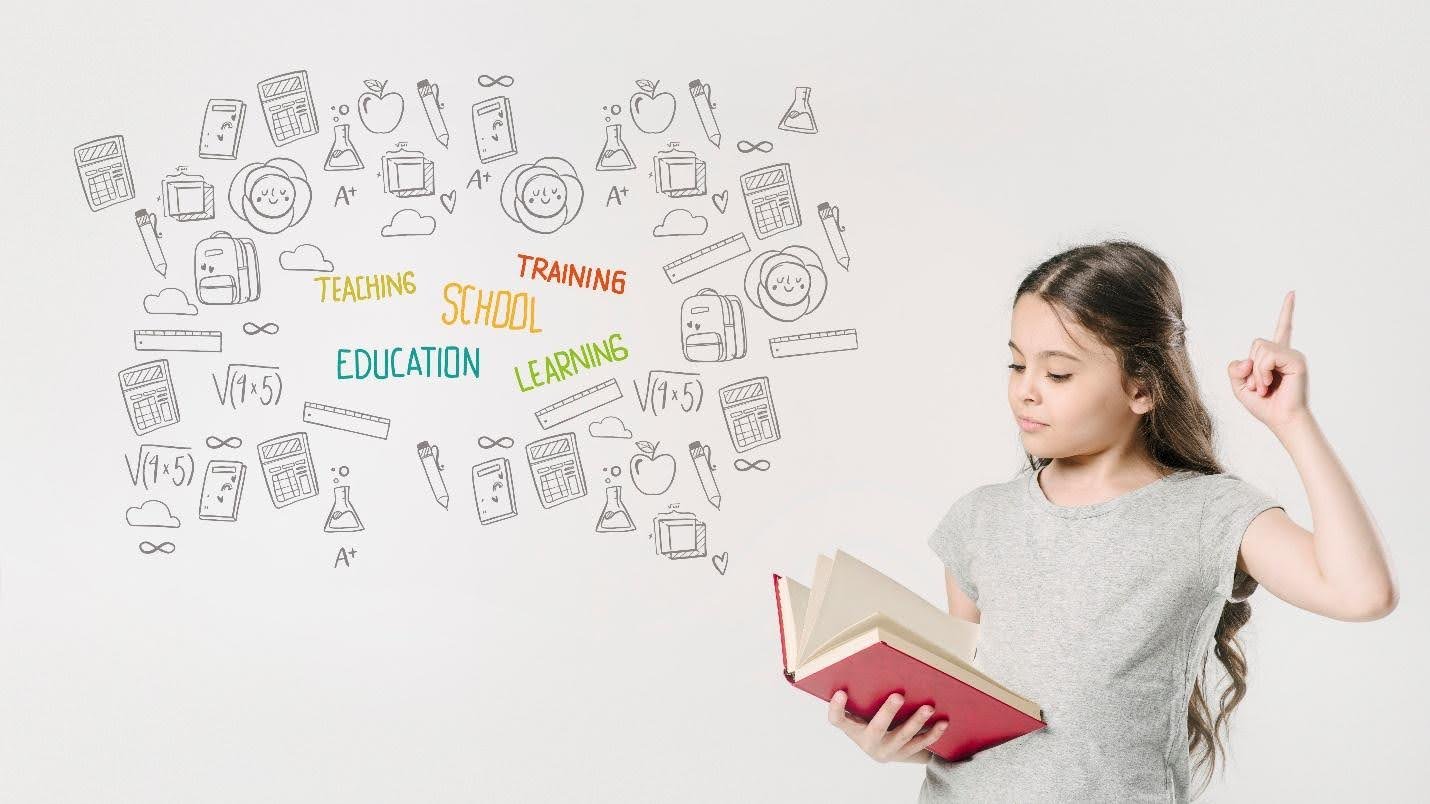What is Technology Education? A Complete Guide for Students, Teachers, and Parents

In today’s digital-first world, technology education is no longer a luxury—it’s a necessity. From coding and robotics to artificial intelligence and digital literacy, technology education equips learners with the skills needed to thrive in the 21st century. According to UNESCO, integrating technology in classrooms helps bridge learning gaps, improves critical thinking, and prepares students for rapidly evolving job markets.
Table of Contents
ToggleThis blog explores what technology education means, why it matters, and how it is shaping the future of education worldwide.

Defining Technology Education
Technology education is the systematic teaching of skills, concepts, and problem-solving methods related to technology and its applications. It goes beyond learning how to use computers—it’s about understanding how technology impacts society, innovation, and the workplace.
For example, EdTech Review describes technology education as a field that combines technical skills (like coding and digital tools) with creativity, problem-solving, and collaboration.
In schools, technology education often covers areas such as:
– Computer literacy
– Software and app development
– Robotics and engineering concepts
– Digital media and communication
– Cybersecurity awareness
The Importance of Technology Education

Why is technology education important?
1. Workforce Readiness – Most careers today demand digital skills. Whether in healthcare, business, or engineering, employees must know how to use digital tools effectively.
2. Global Competitiveness – Countries with stronger tech education systems produce more innovators, startups, and economic growth.
3. Lifelong Learning – Technology is constantly changing, and learning to adapt ensures students stay relevant in the workforce.
A study by the World Economic Forum highlights that by 2025, 85 million jobs may be displaced by automation, but 97 million new roles will emerge—most requiring digital skills.
Key Components of Technology Education

Technology education is multi-dimensional and typically includes:
– Digital Literacy – Understanding how to responsibly use digital tools, search engines, and online platforms.
– Coding and Programming – Learning to write computer programs and build applications.
– STEM Integration – Linking science, technology, engineering, and math for problem-solving.
– Robotics and AI – Hands-on learning about automation, artificial intelligence, and machine learning.
– Cybersecurity Awareness – Educating students about safe online practices and data protection.
– Media and Communication Technology – Using digital platforms for creativity, storytelling, and global collaboration.
Benefits of Technology Education

The advantages of technology education are vast and transformative:
1. Enhanced Critical Thinking – Students learn to analyze problems and create digital solutions.
2. Collaboration and Communication – Tools like Google Workspace and Microsoft Teams enable teamwork across borders.
3. Inclusivity – Online platforms allow access to quality education for students in remote areas.
4. Creativity and Innovation – From designing mobile apps to creating films, students learn to think outside the box.
5. Job Market Advantage – Digital skills make graduates more competitive in industries like IT, business, and education.
Challenges in Implementing Technology Education

Despite its benefits, technology education faces several challenges:
– Digital Divide – Not all students have access to devices or internet connectivity.
– Teacher Training – Many educators need proper training to integrate technology effectively.
– Cost of Infrastructure – Hardware, software, and maintenance can be expensive.
– Cyber Risks – Without strong security policies, students may face threats online.
Organizations like OECD are working with governments to create policies that close the digital gap and ensure equal opportunities.
Technology Education Around the World

Different countries have embraced technology education in unique ways:
– United States – Strong focus on coding and STEM integration in schools.
– United Kingdom – Programs like BBC Micro:bit encourage kids to learn programming.
– Finland – Technology education is integrated into project-based learning from an early age.
– Pakistan & Developing Nations – Schools are beginning to adopt EdTech tools to reduce educational inequality.
These global efforts show that technology education is not just a trend—it’s a foundation for progress.
The Future of Technology Education

The future promises even deeper integration of technology in learning:
– Artificial Intelligence in Classrooms – AI tutors and adaptive learning platforms will personalize education.
– Virtual and Augmented Reality – Immersive experiences for science, history, and engineering.
– Blockchain Credentials – Secure digital certifications for lifelong learning.
– Global Online Learning Communities – Platforms like Coursera, Skillshare, and Khan Academy are redefining access to education.
By 2030, the classroom may be a hybrid of physical and digital spaces, where students learn from anywhere in the world.
Conclusion
Technology education is about more than just computers—it’s about preparing individuals and societies for a future shaped by innovation. It fosters critical thinking, problem-solving, collaboration, and creativity, ensuring that learners are not just consumers of technology but also creators of it.
As schools, universities, and policymakers continue to embrace EdTech, the future of learning looks promising. Investing in technology education today means investing in tomorrow’s innovators, entrepreneurs, and leaders.



